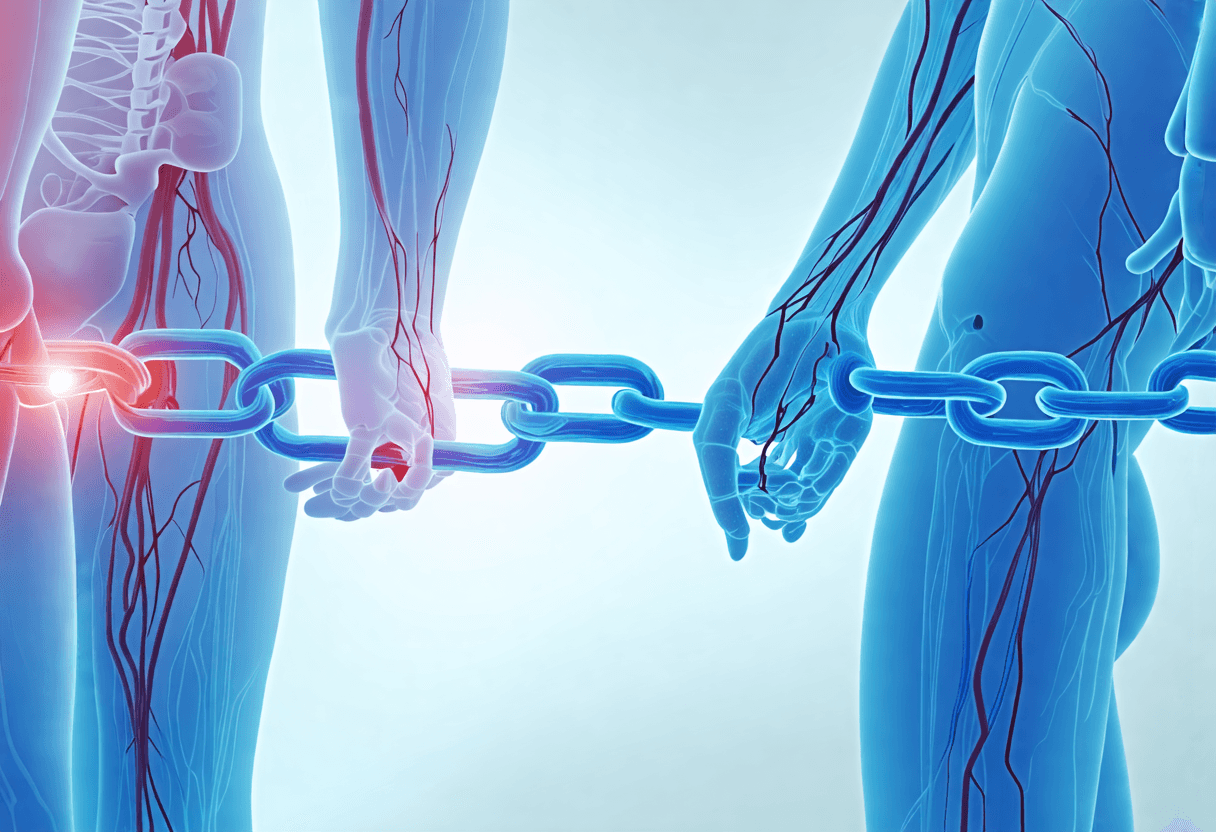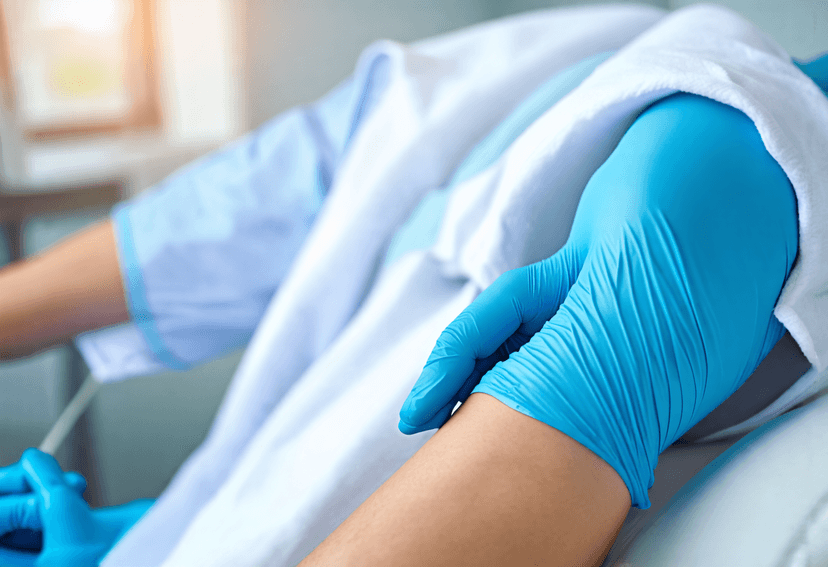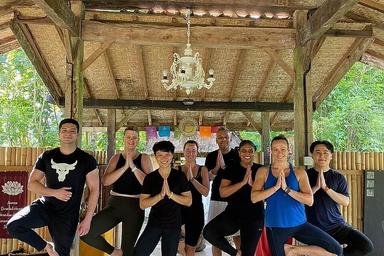
Understanding the Critical Link: How Varicose Veins Can Lead to Deep Vein Thrombosis
28 Oct, 2024
 Healthtrip
HealthtripVaricose veins are a common condition that affects millions of people worldwide, often dismissed as a mere cosmetic issue. However, beneath the surface, these bulging, twisted veins can be a warning sign for a more sinister condition: deep vein thrombosis (DVT). While varicose veins may seem like a minor annoyance, they can increase the risk of developing DVT, a potentially life-threatening condition that requires immediate medical attention. In this article, we'll delve into the critical link between varicose veins and DVT, exploring the causes, symptoms, and consequences of these interconnected conditions.
The Connection Between Varicose Veins and Deep Vein Thrombosis
Varicose veins occur when the valves in the veins become weakened or damaged, allowing blood to flow backwards and pool in the veins. This increased pressure can cause the veins to stretch and bulge, leading to the characteristic twisted, rope-like appearance. While varicose veins are often associated with the superficial veins, they can also affect the deeper veins, increasing the risk of DVT. DVT occurs when a blood clot forms in the deep veins, typically in the legs, which can be fatal if it breaks loose and travels to the lungs.
Most popular procedures in India
How Varicose Veins Increase the Risk of DVT
Several factors contribute to the increased risk of DVT in individuals with varicose veins. Firstly, the damaged valves in varicose veins can lead to blood stasis, allowing blood to pool and clot. Additionally, the increased pressure and inflammation in varicose veins can cause the blood vessels to become more permeable, allowing clotting factors to escape into the bloodstream. Furthermore, the chronic inflammation associated with varicose veins can activate the body's clotting cascade, increasing the likelihood of DVT.
Wellness Treatments
Give yourself the time to relax
Lowest Prices Guaranteed!

Lowest Prices Guaranteed!
The Symptoms of Deep Vein Thrombosis
DVT often presents with subtle symptoms, making it challenging to diagnose. The most common symptoms include pain, swelling, and warmth in the affected leg, which can be mistaken for a minor injury or strain. However, it's essential to seek medical attention if you experience any of the following:
Red Flags for DVT
Unilateral swelling of the leg, calf, or foot; Pain or tenderness in the affected leg, especially when standing or walking; Warmth or redness in the affected leg; Weakness or cramping in the affected leg; A feeling of heaviness or numbness in the affected leg.
The Consequences of Untreated DVT
If left untreated, DVT can have devastating consequences. The most significant risk is pulmonary embolism (PE), which occurs when the clot breaks loose and travels to the lungs. PE can be fatal if not treated promptly. Additionally, DVT can lead to chronic complications, such as post-thrombotic syndrome (PTS), which causes ongoing pain, swelling, and skin discoloration in the affected leg.
The Importance of Early Detection and Treatment
Early detection and treatment of DVT are crucial in preventing these life-threatening complications. If you're experiencing symptoms of DVT, it's essential to seek medical attention immediately. Healthtrip's team of expert vascular specialists can provide personalized treatment plans, including minimally invasive procedures to address both varicose veins and DVT.
Preventing DVT: Lifestyle Changes and Medical Interventions
While varicose veins increase the risk of DVT, there are steps you can take to reduce your risk. Maintaining a healthy weight, engaging in regular exercise, and avoiding prolonged periods of immobility can help. Wearing compression stockings and elevating your legs can also alleviate symptoms and reduce the risk of DVT. In some cases, medical interventions, such as sclerotherapy or endovenous laser treatment, may be necessary to address underlying varicose veins.
In conclusion, the connection between varicose veins and DVT is a critical one. While varicose veins may seem like a minor cosmetic issue, they can increase the risk of developing a life-threatening condition. By understanding the causes, symptoms, and consequences of DVT, you can take proactive steps to reduce your risk and seek medical attention if you're experiencing symptoms. At Healthtrip, our team of experts is dedicated to providing personalized care and treatment options to address both varicose veins and DVT, ensuring you receive the best possible outcome.
Related Blogs

Why Compression Stockings Are Your Best Ally Against Varicose Veins: A Scientific Explanation
Discover the benefits of compression stockings for varicose veins and

The Complete Travel Guide for People with Varicose Veins: Expert Tips & Safety Measures
Learn how to manage varicose veins while traveling and what

The Benefits of Varicose Vein Treatment
Understand the benefits of varicose vein treatment, from improved appearance

Varicose Veins and Exercise: Is It Safe?
Discover whether exercise is safe for people with varicose veins

Recovery After Varicose Vein Treatment
Learn about the recovery process after varicose vein treatment and

The Cost of Varicose Vein Treatment
Understand the cost of varicose vein treatment and what factors










